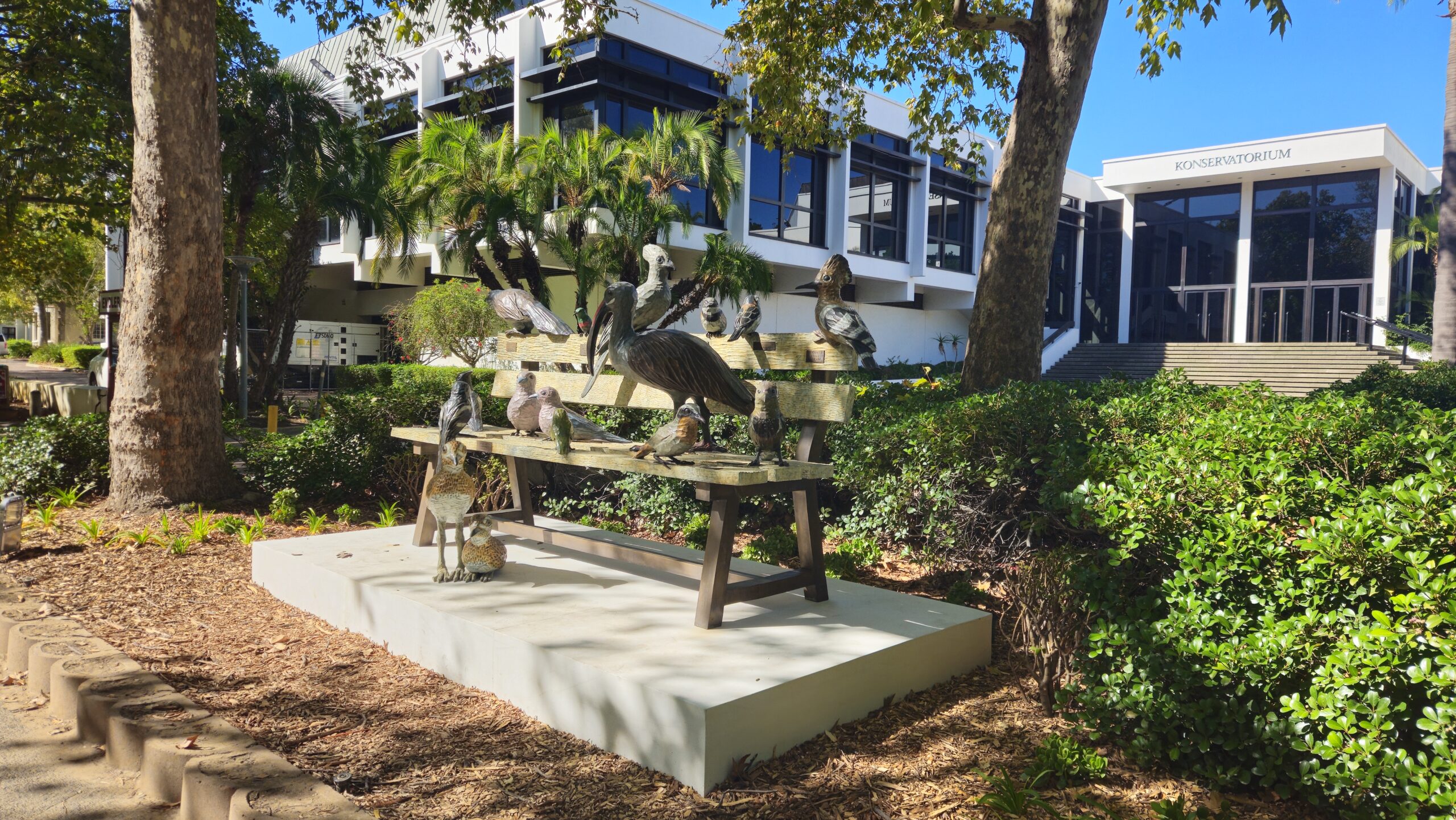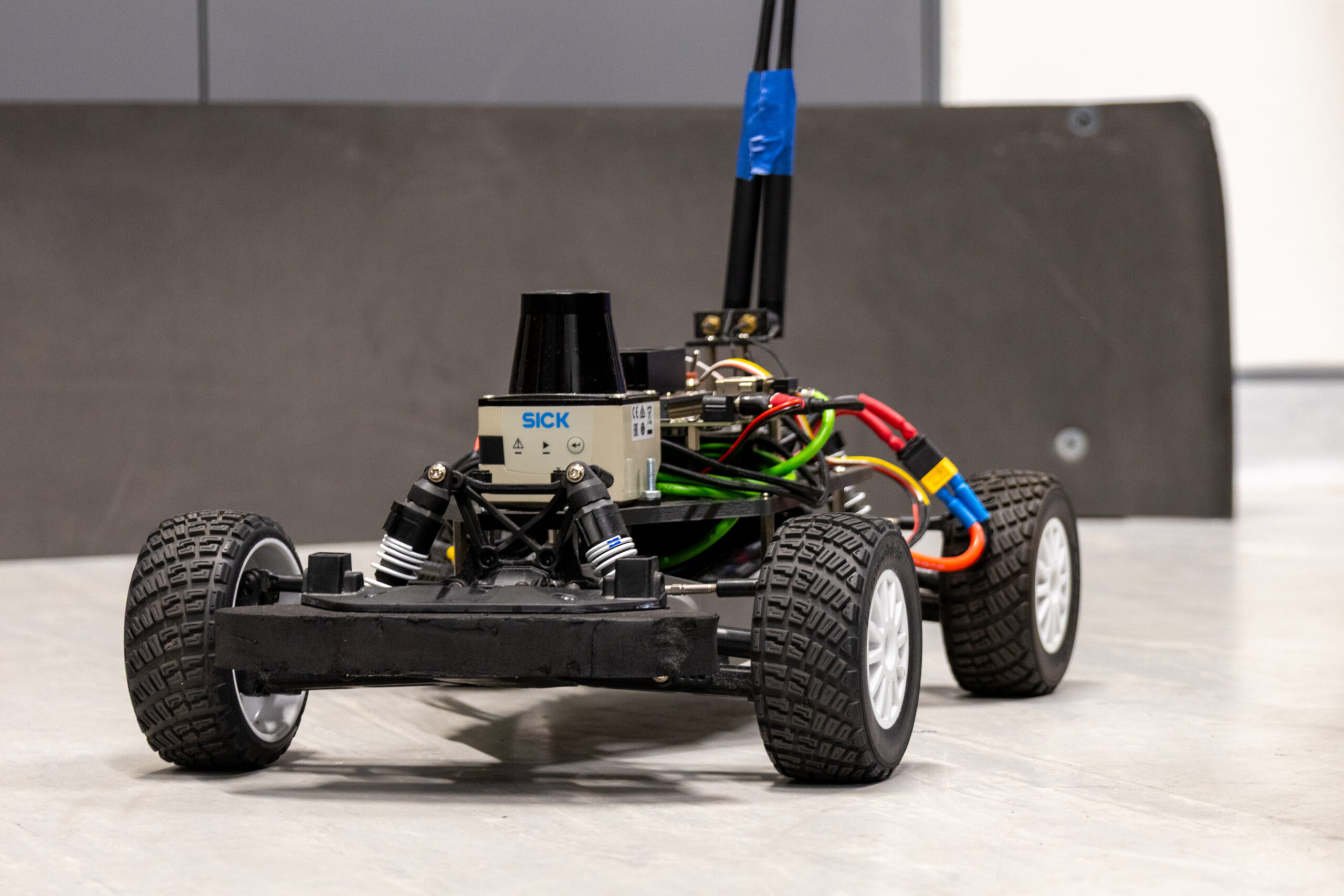By Ansela Sloman
Four deaf storytellers and members of Stellenbosch University (SU)’s Faculty of Arts and Social Sciences recently created video stories in South African Sign Language (SASL). According to a media release by SU on 28 September 2022, the project titled “Creating Teaching Material for Hearing Students Learning SA Sign Language: Workshop for Deaf Community Storytellers” created 20 videos to be used as teaching material for the Faculty’s beginner SASL academic programme. It also aided the development of skills, like videography and written storytelling in SASL, for the deaf community.
“Alongside staff members from the Department of General Linguistics and the Language Centre, storytellers Ms Yuvini Gounden, Mr Terneil Christians, Mr Christopher Galada and Ms Lazyja le Roux – hailing from Worcester and Stellenbosch – created videos of twenty stories in South African Sign Language (SASL),” the media release read.
SU’s Social Impact Funding committee funded the project. It included a workshop in which the storytellers acquired training in various areas, including “videography, studio preparation, translation from text to SASL and the best storytelling techniques”, the media release stated.
Ms Susan Njeyiyana, a junior lecturer for the Department of General Linguistics, stated that the videos will be incorporated into the South African Sign Language Acquisition 178 module.
“The videos will be used to expand students’ comprehension of SASL during the year,” Njeyiyana explained. “By exposing them to simple and easy text (video) in SASL, they’ll have more opportunity to understand and use SASL. As readers of other languages can use books, we must create video content to expose students to the language.”
The project took place from 27 to 29 June in Worcester and included deaf storytellers of diverse cultures and dialects. This diversity will further enhance the value of the content.
“SASL consists of many dialects, but one can usually understand the message’s meaning within context. Exposing the students to variations gives them the best opportunity to communicate with a Deaf person from anywhere in SA,” said Njeyiyana. “[…] Staff members from the General Linguistics Department wrote the stories, which were around 4-6 short lines each. The topics were chosen based on what would be familiar to students.”
Njeyiyana said her favourite part of her involvement with the project was being able to share her skills with the team. “As a SASL poet, I enjoyed sharing my skills with fellow storytellers. Seeing the team light up with excitement and showing grit by pushing through many repeats, showed everyone how much we’re capable of if we only keep trying,” Njeyiyana said.
Njeyiyana said this could be the catalyst for similar projects in the future, depending on the success of incorporating the videos into the 2023 curriculum.
“I’m hoping this pilot will lead to the creation of more material that can be incorporated into the SASL Acquisition module and beyond, to the second-year and third-year levels, where we can begin working on paraphrasing or summarising it into SASL from a written language. I look forward to what the future holds,” Njeyiyana said.
According to Dr Marcia Lyner-Cleophas, head of the Stellenbosch Disability Unit, about 147 students enrolled in Stellenbosch University have disclosed a disability related to being deaf on their applications – but this number may be higher in reality.
“Statistics are always problematic regarding [their] accuracy. Note that many people do not disclose a disability, including deaf people,” said Dr Lyner-Cleophas.
Dr Lyner-Cleophas emphasises that students should not avoid their deaf peers and instead ask them the best way to interact with them.
“Students can ask their fellow students or staff how best to communicate with them, and they will guide the process. It might be that they will say you should face them when they talk as they rely on lip reading […]. [They] will likely also say you should not shout at them when speaking. In residence activities or group work, make sure you speak one at a time as it is hard to follow when many people speak at once (it is hard for anyone to follow such conversations anyway!),” said Dr Lyner-Cleophas.
Hopefully, this project is one of many future endeavours to enhance the teaching of SASL. The vision is to encourage more people to learn the language and be exposed to the art of deaf storytelling.



